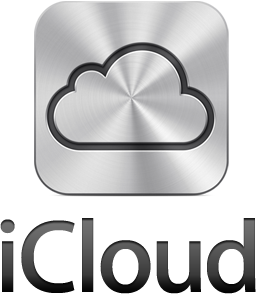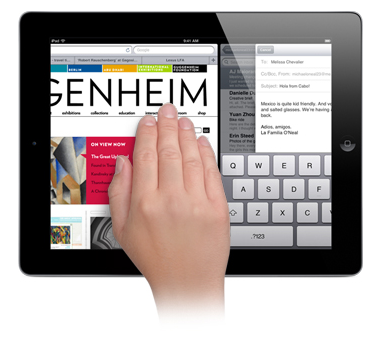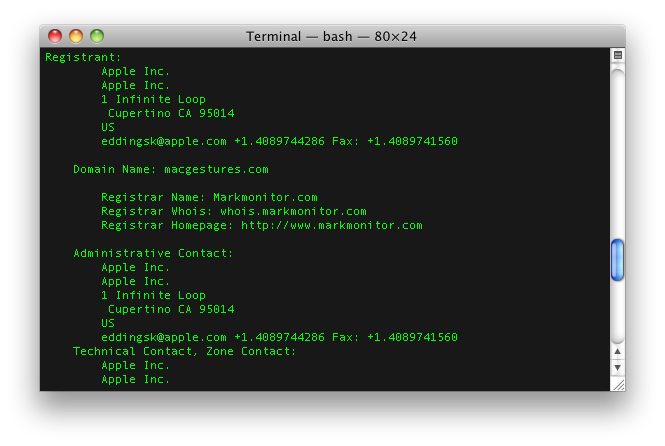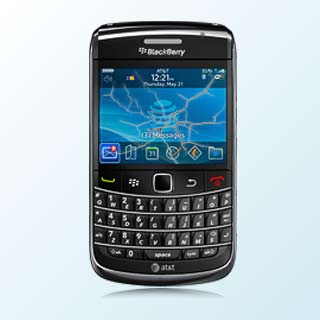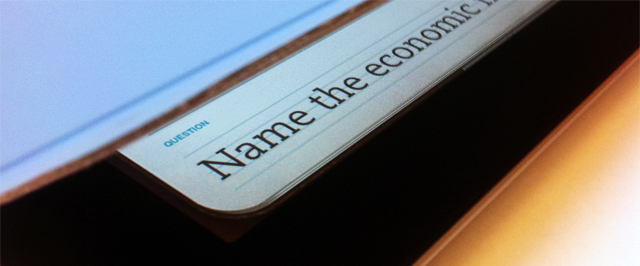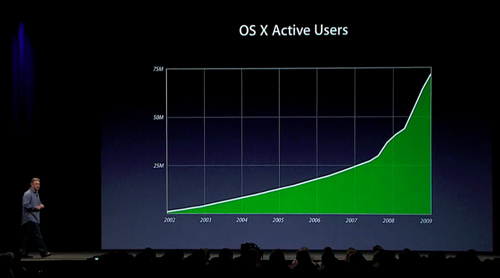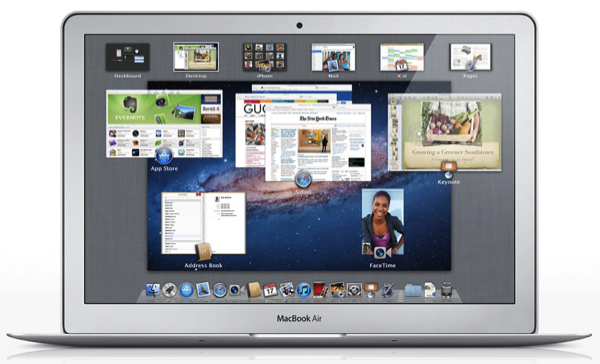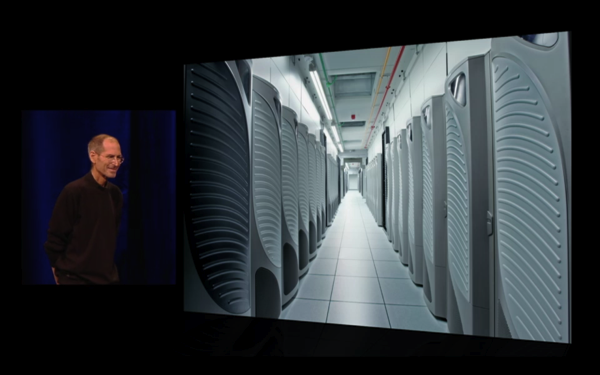Those living in the United Kingdom will get to enjoy Spotify for a bit long as those living in the United States get to enjoy Apple’s iCloud and iTunes Match services between iOS 5 and Lion. Apple is still in the early stages of negotiations with the Performing Rights Society, who ensure composers, songwriters, and publishers all receive fair compensation for their works.
A music executive at one of the major record labels, who wished to remain unnamed, said: “Tentative talks have begun between the major labels and Apple in the UK. However, all talks are at the really early stages and no one expects to see the cloud music service live on this side of the pond until 2012.”
Even here in the United States, Apple still has yet to make deals with independent labels, and as with the initial launch of iTunes, Apple took their time as the rolled out their service to other countries. Mark Mulligan, VP and research director at Forrester Research, comments:
These types of negotiations take a long time… For one thing the UK arms of all the major record labels are biding their time and waiting to see how the service affects download sales in the US before they sign up to anything.
While the The Telegraph specifically exams licensing agreements in the UK, it’s likely that this situation holds true for the remainder of the world as well. For those in Europe, you’ll need to hang tight as Apple’s iCloud and the companion iTunes Match service go live. At the very least, iOS 5 doesn’t officially launch until this fall, so you just might not have to wait that long once iOS 5 devices start shipping.
[The Telegraph via MacRumors]


